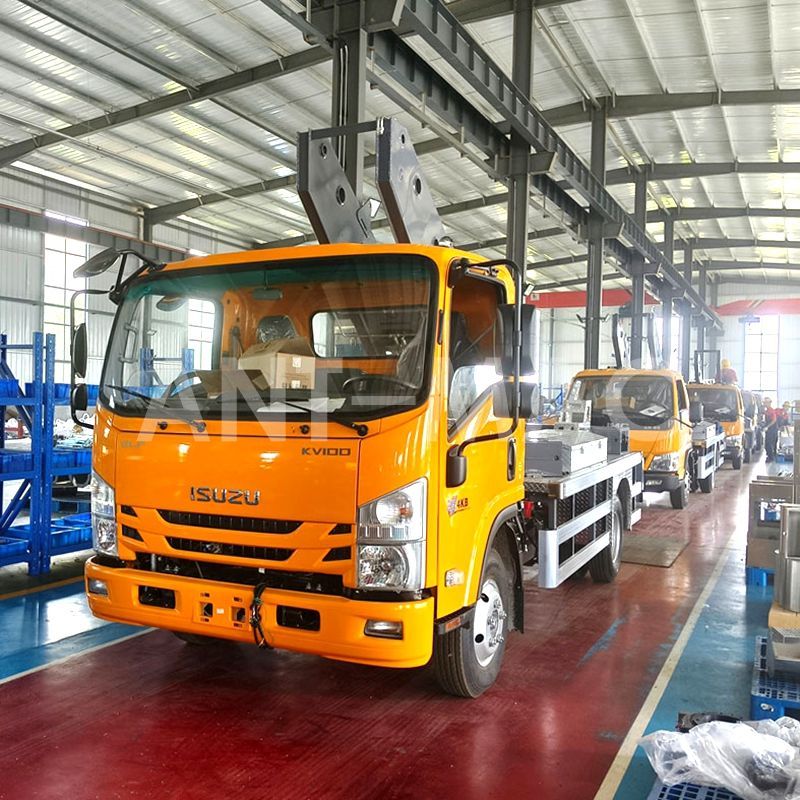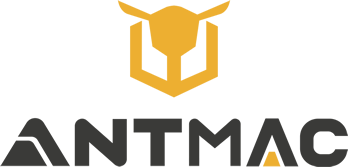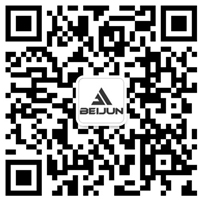Elevating Work Platform Operations: A Full-Process Safety Guide From Basic Standards to Advanced Protection
In aerial work, the safe operation of elevating work platforms directly impacts personnel safety and project progress. As a professional Chinese manufacturer and exporter of aerial work platforms, we have compiled full-process safety guidelines covering basic standards and advanced protection based on practical data from over 100,000 units operating worldwide. These guidelines not only include essential operational rules but also leverage the design advantages of Ant all-terrain, multi-scenario aerial work platforms to provide targeted safety solutions for diverse scenarios.
I. Before Operation: Preparation Determines the Safety Baseline
1. Verification of Personnel Qualifications and Skills
Operators must hold valid certificates (e.g., aerial work operation licenses) and receive equipment-specific training. Every elevating platform exported by Ant comes with multilingual training manuals covering equipment characteristics and emergency handling, ensuring immediate usability after training.
Working under the influence of alcohol, fatigue, or abnormal mental states is strictly prohibited. Before starting work, operators must pass a dual verification of "alcohol testing + status confirmation" to eliminate human risks.
2. Comprehensive Equipment Inspection: From Core Components to Safety Devices
Basic Inspection: Before startup, confirm the hydraulic system has no leaks (Ant platforms use German-imported seals, with a leakage rate 80% lower than industry standards), outriggers are firmly grounded (all-terrain models’ outriggers can adapt to 30° slopes), and booms/platforms have no deformation or cracks.
Safety Device Testing: Test the emergency stop button, anti-tip alarm (automatic locking when tilt exceeds 3°), and overload protection (immediate shutdown when exceeding rated load by 10%). Ant equipment’s dual safety redundancy design (mechanical + electronic protection) ensures no accidents from single-point failures.
3. Environmental Assessment: Avoid "Hidden Hazards"
Work is strictly prohibited in severe weather (wind speed ≥10.8m/s, heavy rain, thunderstorms). Ant all-terrain platforms are equipped with wind speed sensors for real-time warnings and forced shutdowns.
Clear obstacles (e.g., wires, scaffolding) within a 5-meter radius of the work area. Maintain a minimum 6-meter safe distance from overhead power lines; set up insulation protection if necessary.
II. During Operation: Strict Adherence to Rules to Eliminate "Fatal Details"
1. Personal Protective Equipment: From "Essential Gear" to "Detail Reinforcement"
Basic gear: Hard hats (impact resistance ≥50J), non-slip shoes, and high-visibility vests are mandatory. For work at heights exceeding 2 meters, full-body harnesses connected to secure anchor points on the platform are required (Ant platforms’ baskets feature dual anchor points with a load capacity of 15kN).
Advanced protection: In chemical or dusty environments, additional gas masks or goggles are needed. Ant platforms can be customized with enclosed operation cabins to adapt to special scenarios.
2. Operational Standards: Avoid "Commonly Overlooked Dangers"
Strictly prohibit violent shaking, climbing guardrails, or leaning over the platform edges (Ant platforms have 1.2-meter-high guardrails with intermediate protective nets to reduce fall risks).
The platform must be lowered to a safe height (≤1.5 meters) before moving, and personnel must exit the platform first. All-terrain models feature a "low-speed movement warning" function (synchronized sound and light alerts) to effectively warn nearby personnel.
For multi-person operations, clear division of labor is required to avoid operational conflicts. Loads on the platform must be evenly distributed; concentrated heavy loads are prohibited (Ant platforms are equipped with intelligent load meters to display real-time weight data).
3. On-Site Control: Building a "Safety Isolation Zone"
The work area must be enclosed with warning barriers (Ant’s foldable isolation barriers deploy 3 times faster than traditional barriers). Assign dedicated personnel to monitor the area and strictly prohibit unauthorized access.
Maintain real-time communication with the ground (e.g., via walkie-talkies). For complex scenarios, enable the 5G remote monitoring function of Ant platforms to achieve real-time backend supervision.
III. After Operation: Post-Work Tasks Hold "Long-Term Safety"
1. Equipment Reset and Status Recording
Retract booms and outriggers, park the platform on a flat, hardened surface, turn off the power, and lock the operation box. Ant platforms’ "one-click reset" function automatically completes standardized storage, reducing human errors.
Fill out the Equipment Operation Record Form, noting operation duration and abnormalities (e.g., unusual noises, minor leaks) to provide a basis for subsequent maintenance.
2. Regular Maintenance: Key to Extending Equipment Lifespan
Perform daily maintenance as specified in the manual (e.g., hydraulic oil replacement, wire rope lubrication). Core components of Ant platforms use maintenance-free designs, extending maintenance intervals by 50% compared to the industry average.
Use original spare parts (Ant provides global 72-hour spare parts delivery service) to avoid safety hazards caused by incompatible components.
Why Choose Ant? Dual Guarantees of Safety and Cost-Effectiveness
As a professional Chinese manufacturer of aerial work platforms, Ant, as an exporter, always prioritizes "reliable quality":
Safety redundancy design: All-terrain, multi-scenario aerial work platforms have passed dual CE and ANSI certifications. Critical components such as fall arresters and explosion-proof valves meet international safety standards.
Cost-effective with affordable pricing: Leveraging China’s complete supply chain, Ant maintains imported core components while offering prices 15%-20% lower than similar imported equipment, making "high-standard safety" no longer a high-cost burden.
Scenario-specific adaptation: From narrow construction sites to high-altitude wind turbine maintenance, from urban road municipal work to complex terrain in oil fields and mining areas, Ant equipment provides customized safety solutions.
Safety in aerial work is never a "one-time consideration" but a full-process awareness
penetrate "preparation-operation-completion". Choosing equipment like Ant, which combines quality and cost-effectiveness, paired with standardized operations, ensures every aerial task proceeds "without incident", truly balancing efficiency and safety for all-terrain aerial work platforms.
 Dual-Chain Telescopic Boom Sys
Dual-Chain Telescopic Boom Sys
 Russian
Russian
